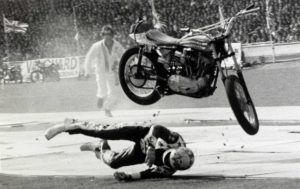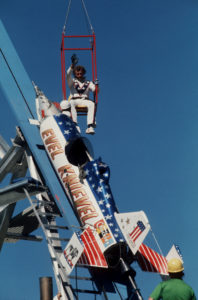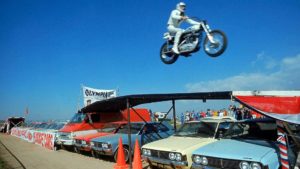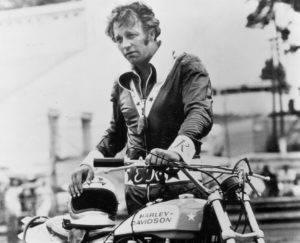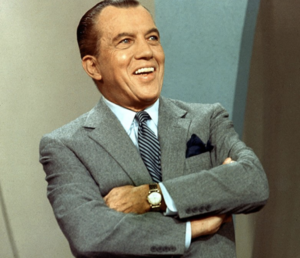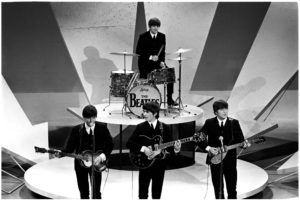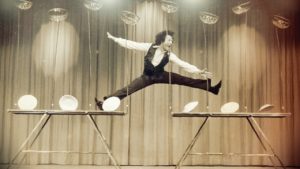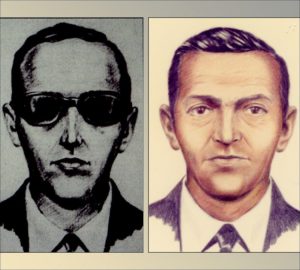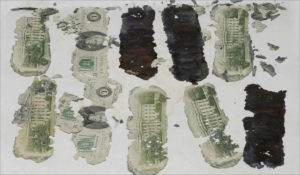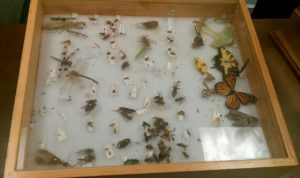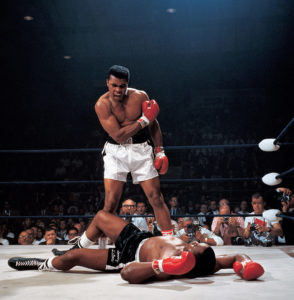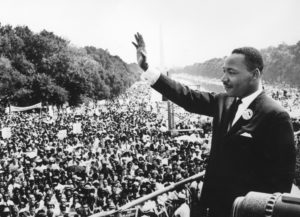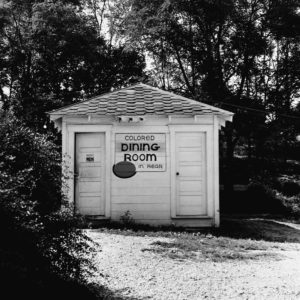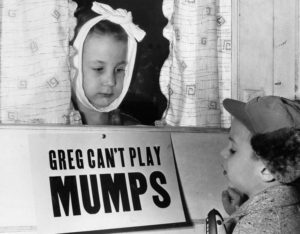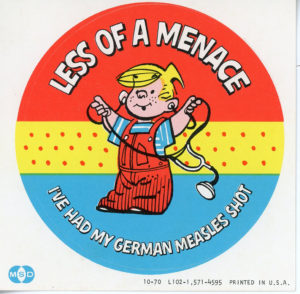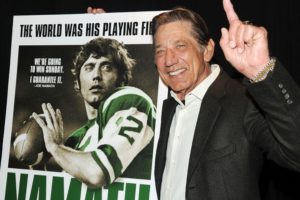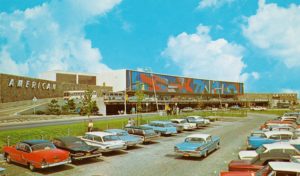
Traveling long distances commercially took an awkward twist during the 1960’s. Our parents (and we older Boomers) rode the rails during the 50’s. But passenger service was being phased out by the railroads. The government bailout known as Amtrak was far off in the future. So by the time the Kennedy era dawned, your choices to get from one coast to the other, or anywhere in the heartland, were basically three: cars, buses or airlines.
Let’s face it. Nobody traveled on the bus unless they simply had to.
That meant that you either drove the slick new Interstate Highway System, or you flew.
In my case, it mean car travel. It was 1982 before I took my first flight.
But many of us have fond 1960’s-era-memories of getting a ticket at the counter, heading directly to the departure gate, and enjoying a few hours of absolute luxury in the air.
A now-defunct website was a very valuable source of information in researching this column. For example, note these two observations by the author, who was a teenager during the 60’s:
# Flying was expensive. For example: A round trip ticket between Cleveland and Washington D.C. was about $75. This doesn’t sound like a bad deal, until you adjust the fare for inflation: That’s over $400 in today’s dollars! By contrast, I recently paid less than $100 for a round trip between Cleveland and Washington on one of today’s low-cost deregulated carriers. # There was no point in shopping around for the best deal, because all airfares were controlled by regulation. If a roundtrip ticket between Cleveland and Washington was $75 on one airline, it was $75 on all the airlines.
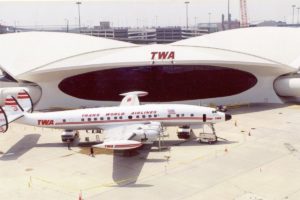
That explains why my thrifty parents always drove, even up to Montreal for Expo 67 and Miami, Florida, both locations a long way from NE Oklahoma.
But many of us were fortunate enough to have flown, and were quite vocal about it afterwards. After all, we had just experienced the best treatment that a traveler could get. As the quote above asserts, it had to be that way, else how would we know whether Pan-Am was a better way to fly than Eastern?
The kids who had experienced air travel could hold the rest of us spellbound at recess, telling tales of seeing the earth below, the people and cars looking like ants, having stewardesses bring you food and drink until you couldn’t hold any more, and getting to places two long days in the car away in three or four hours.
Deregulation occurred in 1978, and, as mentioned before, I took my first flight four years later. Southwest Airlines sent shockwaves through the industry by offering fares for as much as half off the big boys. One of the ways that they did it was by squeezing more passengers onto a plane. They made up for it back then by offering free cocktails, but less room and less freebies would be the future of air travel, albeit with much more affordable fares.
Indeed, the glamor of air travel would be a thing of the past. In the 60’s, you wore a suit and tie or nice dress to fly. Nowadays, you wear sandals so that your footwear can be more easily scanned for incendiary devices. We are used to being crammed into seats barely wide enough for skinny wazoos. I don’t know how the more portly passengers manage. And if you want anything from the flight attendant, you’d better have your wallet ready.
But you have to admit that getting somewhere far away in a couple of hours at a bargain price is pretty nice.
